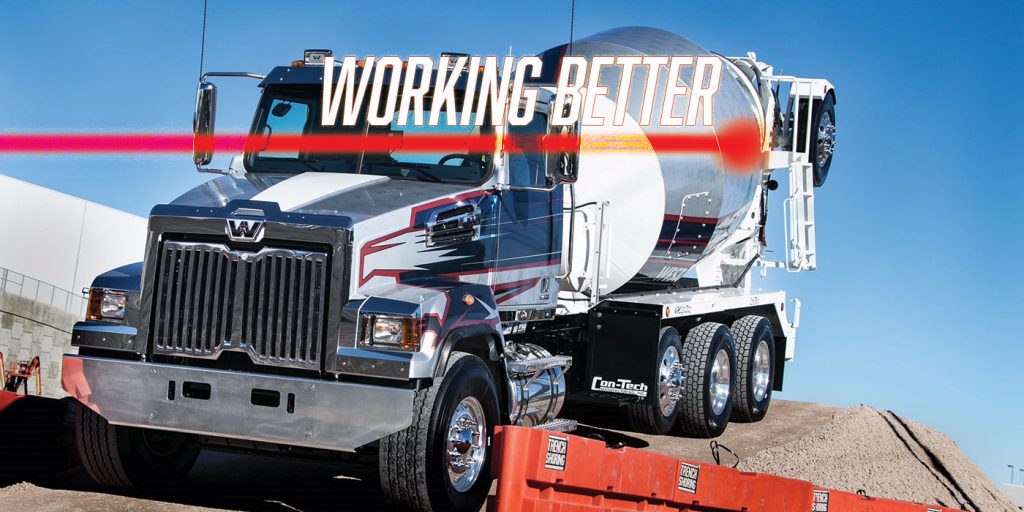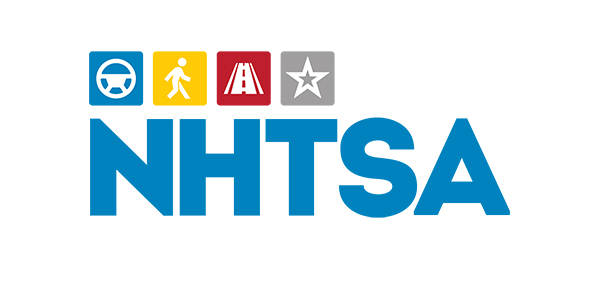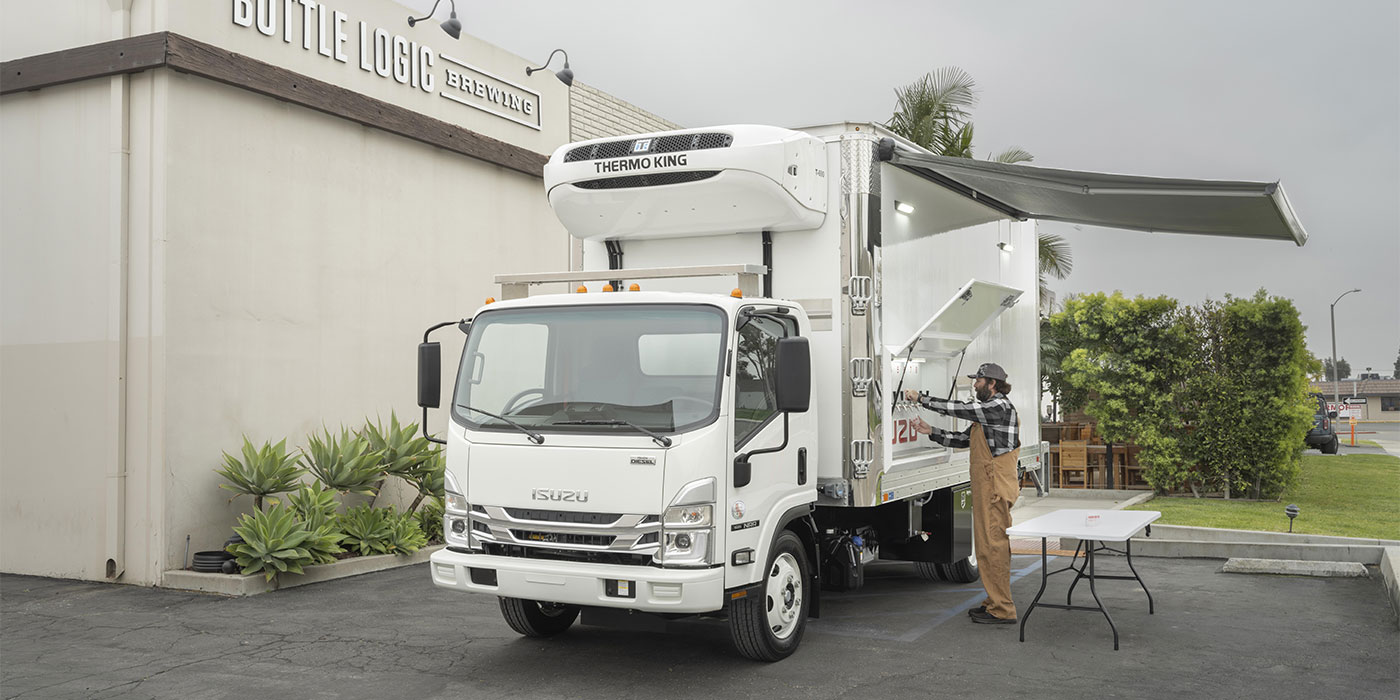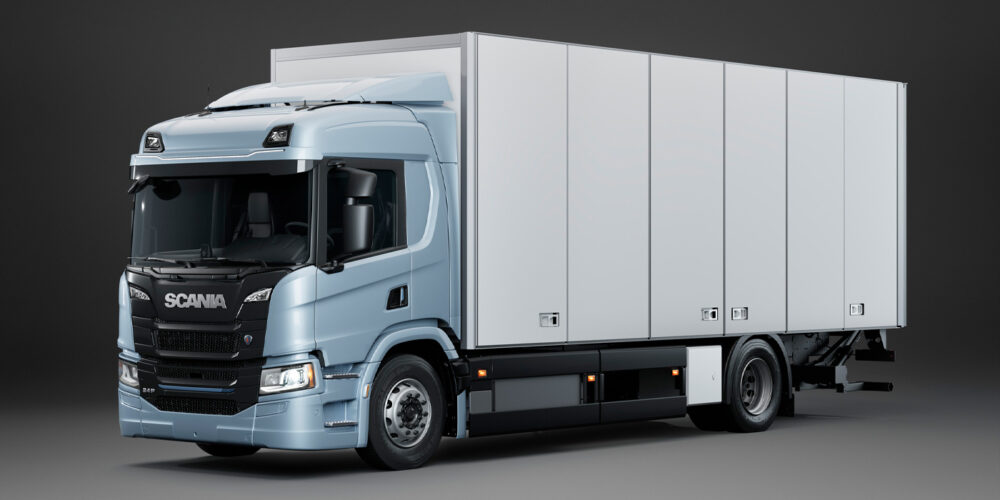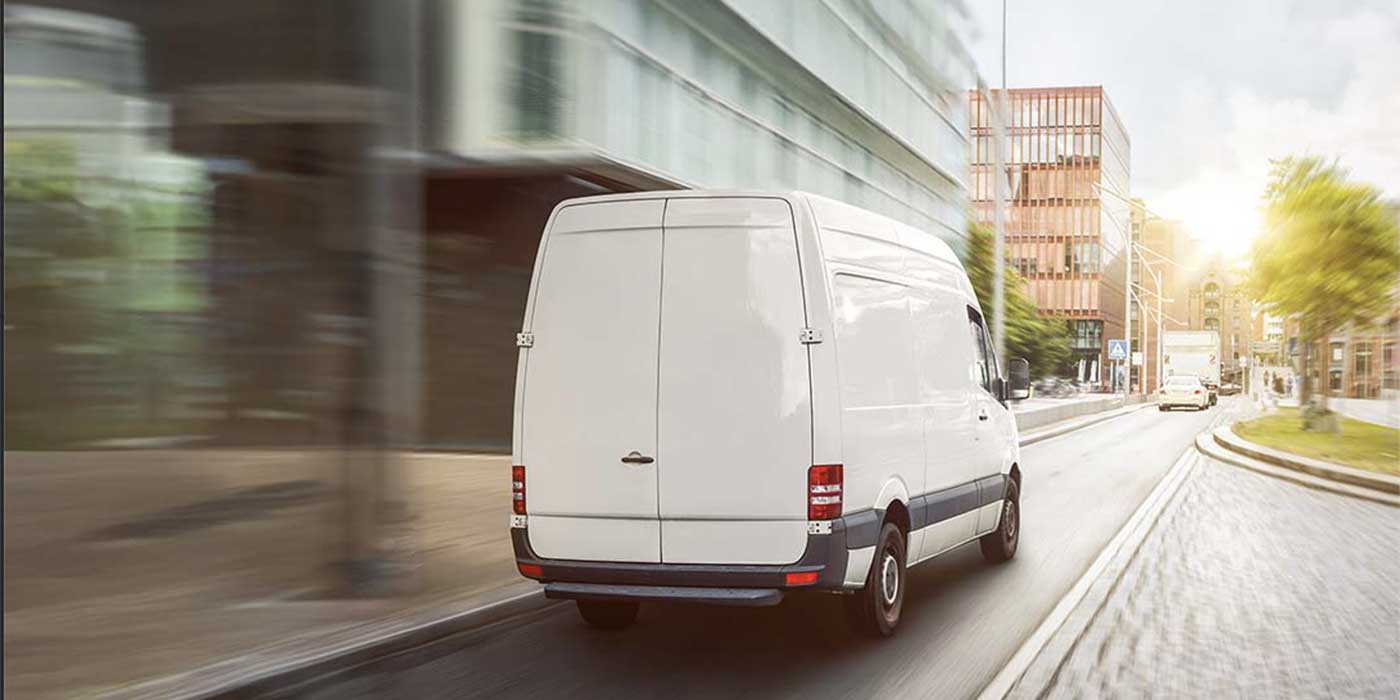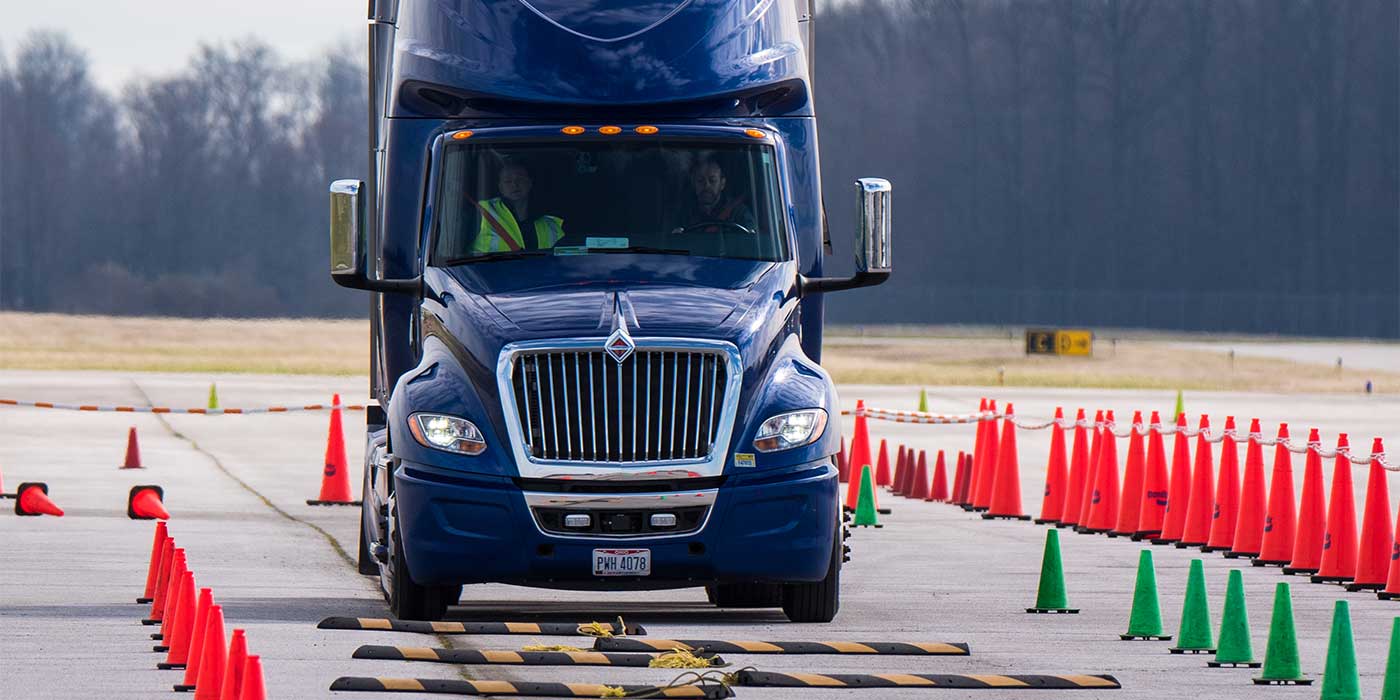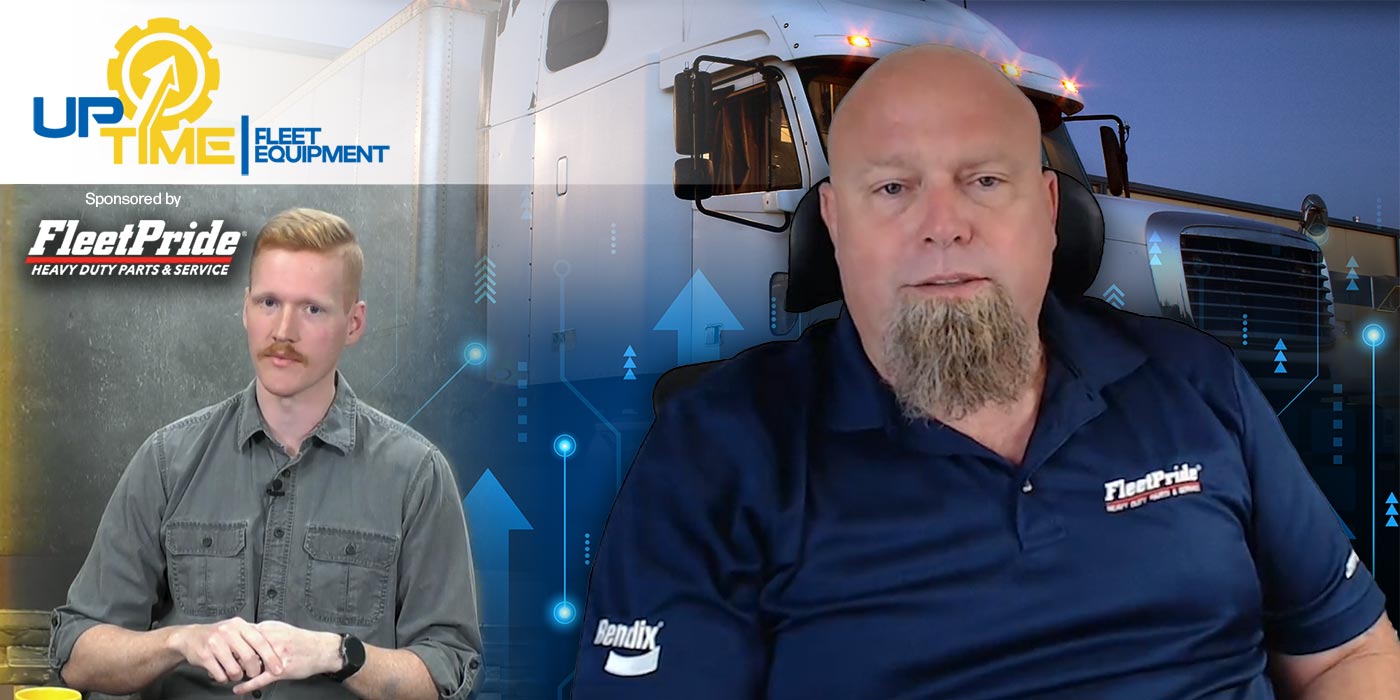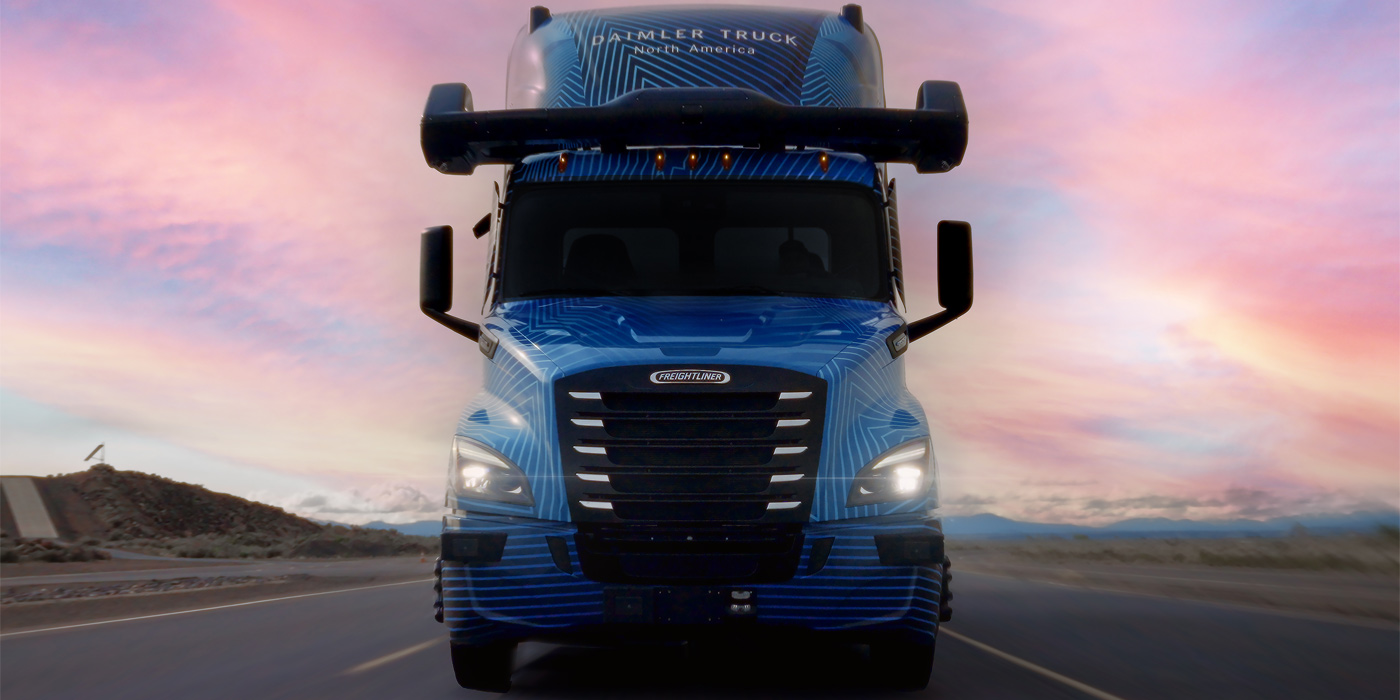Tough truck tasks require tough spec’ing choices. Picking the right lift axle to put to work is often one of the most complicated decisions. Driven by application, lift axles need to meet your expectations and adhere to stringent bridge laws.
A quick refresher: The federal bridge formula aims to keep bridges from becoming overloaded, stating that two or more consecutive axles may not exceed the weight computed by the bridge formula. This number must be met even though single axles, tandem axles and gross vehicle weights are within legal limits. As a result, the axle group that includes the entire truck must comply with the bridge formula.
“Lift axles can help achieve maximum productivity by increasing payload and distributing weight, but local bridge and weight laws must be understood before spec’ing a lift axle configuration,” stressed Steve Slesinski, director of global product planning for Dana.
To ensure compliance, focus on two areas: axle spacing and axle load.
“Spacing is a factor in terms of compliance to local or area of operation bridge laws. Tandem and tridem axle offerings have spacing options; more issues are typically encountered with lift/aux axles,” said Bruce Vasbinder, director of severe service product marketing for Navistar.
Since the weight of the truck is fluctuating in lift axle application, Tony Sablar, vocational marketing manager for Peterbilt, stressed: “Ensure that all components are included when calculating the weight distribution across the axles, i.e. a loaded vocational body in wet or dry conditions or other aftermarket equipment that may be added to the truck.”
The same is true for when the load is lighter.
“It is important to check the creep rating on your steer and drive axles, and ensure that they are rated to support the payload while your lift axles are off the ground,” said Kelly Gedert, director of product marketing Freightliner and Detroit components. “Driving with excessive weight without the support of lift axles can be detrimental to the life of a truck’s suspension and axles.”
The duality of lift axle choices—raised, lowered; loaded, unloaded—continues with steerable or non-steerable options. Again, look to your application and environment to make the right choice (as well as conversations with suppliers and OEMs).
“Depending on the driving environment, a non-steerable pusher axle, for example, often has to be lifted in a tight turning scenario to avoid tire scrubbing,” Dana’s Slesinski said. “Alternately, a steerable pusher axle is able to negotiate tight corners avoiding scrubbing and increasing tire life.”
Finally, there’s lift axle controls.
“I’d say controls are the most often overlooked consideration,” Navistar’s Vasbinder said. “Fleets need to understand laws related to where the controls can be located, especially the pressure gauge/regulator. Although the control locations are sometimes mandated, people often don’t consider them when configuring a truck.”

